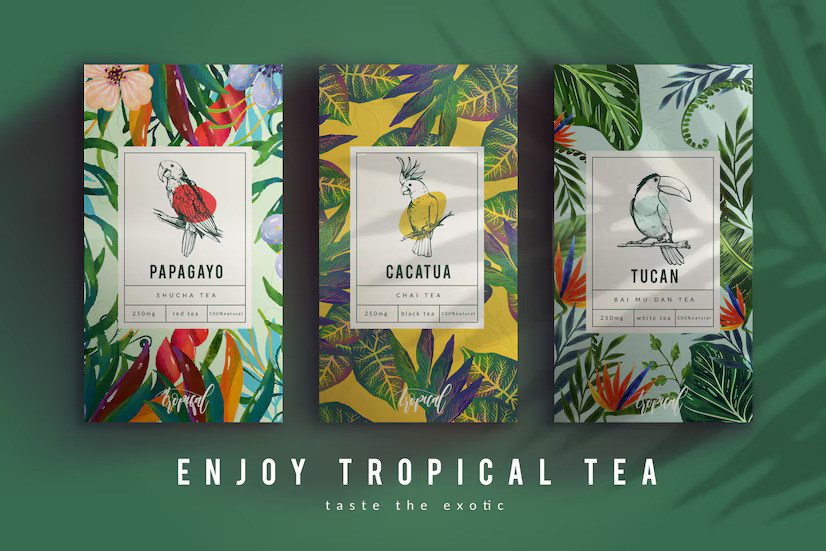
Have you ever bought a product just because the packaging caught your eye? This common experience highlights the power of effective packaging design.
Packaging isn’t merely about wrapping a product. It’s about creating a visual and tactile experience that speaks to the consumer. Whether the sleek design of a tech gadget’s box or the vibrant colors of a snack’s packaging. It plays a crucial role in shaping our perceptions and decisions.
In this article, we will dive into the world of packaging design. Exploring what it is and why it matters. It also impacts both brands and consumers from the visual elements. Those elements draw you into the structural aspects that protect and preserve.
You’ll discover the key components that make packaging more than just a container. It’s a strategic tool in today’s competitive market. By the end, you’ll intuitively grasp the thought, effort, and creativity into every package.
Definition of Packaging Design
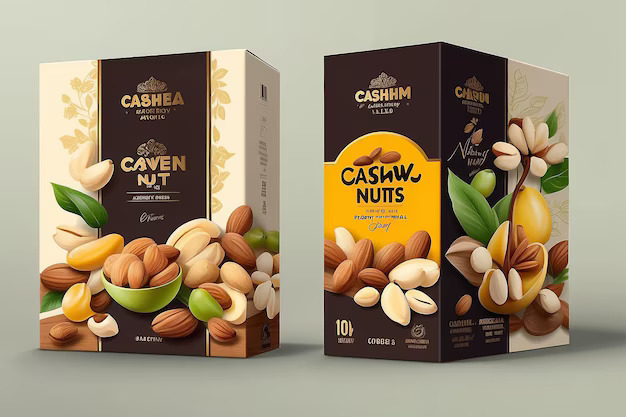
Packaging design is the process of constructing the graphical appearance. But it also includes the physical makeup of a product’s packaging. Often, people believe that packaging is about aesthetics; however, it is about functionality.
It also includes choices regarding the colors, materials, typography, imagery, and regulatory information. Effective packaging protects the product and also captivates and engages the consumer. Three main types of packaging are:
Primary Packaging: The first and foremost packaging contains the product. Such as toothpaste tubes, soda cans, and shampoo bottles.
Secondary Packaging: This protects the primary packaging. It surrounds the primary packaging. It is often used for branding or additional protection. Such as in a box of toothpaste, biscuits, cheese, or plastic sheets to protect cans.
Tertiary Packaging: This is operated for bulk handling, storage, and distribution. Such as the cardboard boxes that store and ship multiple toothpaste boxes.
Key Elements of Packaging Design
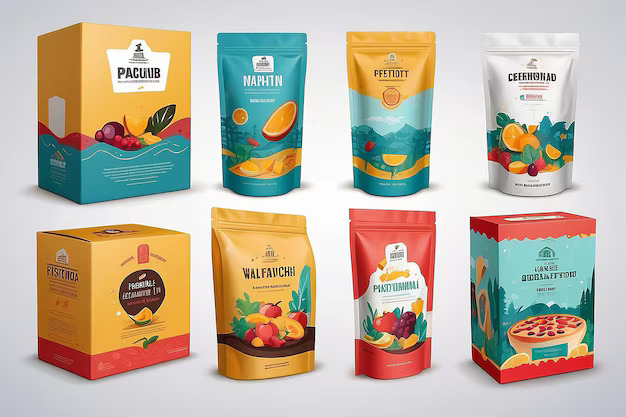
Packaging protects the product but is also a great branding and marketing tool. It confines the combination of critical elements. Those elements work together to create a cohesive and appealing product presentation.
Visual Design
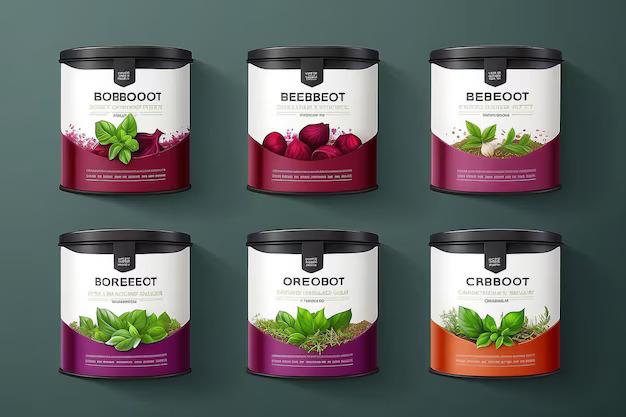
- Colors play a crucial role in representing the brand. By integrating concepts such as color psychology. Designing engaging packaging is very effortless.
- Shape and Structure: The physical shape and structure of the packaging are crucial. The structure must be practical, ensuring the product is protected and easy to use, handle, and store.
- Material: The choice of material affects not only the look and feel of the packaging but also its sustainability, durability, and cost.
- Typography is also essential in the packaging of the product. Choose a clear, legible font that aligns with your brand’s identity.
- Imagery and graphics are the source of amusement. Ensure you use clear, high-quality images. A good image immediately tells the customer what the product is about.
Structural Design
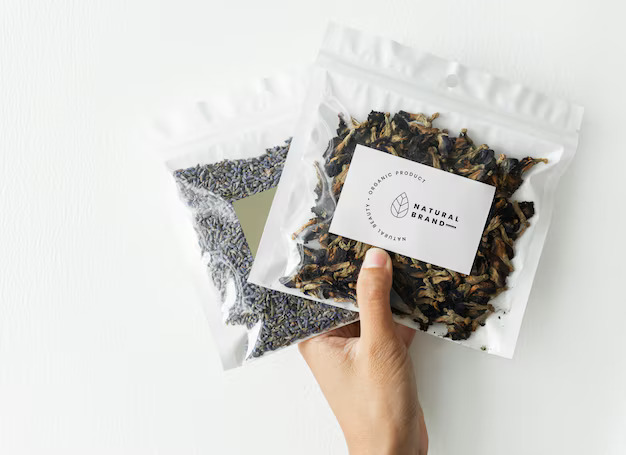
The choice of materials reflects your brand’s credibility. Use high-quality packaging material to match the brand’s position and customer needs. Common materials include cardboard, plastic, glass, and metal. Each offers different benefits like durability, cost-effectiveness, and environmental impact.
Functionality is a necessity. If the packaging is not functional, frustration will lead to decreased sales. Ensure your product is easy to use, store, and dispose of. Use resealable closures, ergonomic shapes, and spill-proof designs to enhance user experience.
Sustainability distinguishes your brand, promotes brand values, and determines brand purpose. With sustainable packaging, you reserve future resources for your brand. Raise environmental awareness using recyclable, biodegradable, or reusable material.
Information Architecture
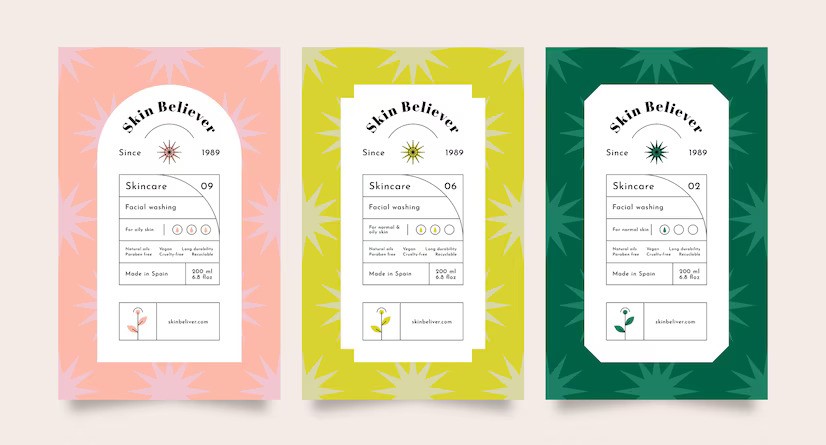
- Legal requirements must be addressed while packaging. Especially for certain products, such as food, pharmaceuticals, and cosmetics. The product must reveal specific information. Such as nutritional facts, safety warnings, and country of origin. Adherence to these rules is crucial.
- Product information is the fundamental packaging component. It conveys essential details like ingredients, user instructions, and expiration dates. This information contributes to making informed decisions. Product information helps build brand credibility and prevents false claims.
What Makes Good Packaging Design? How to Design Packaging
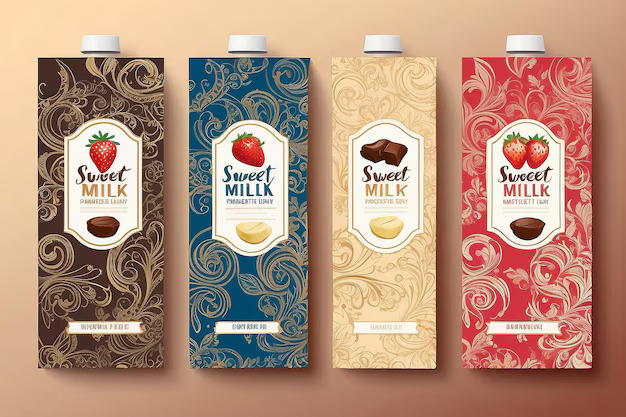
Scoop into your brand to extract information. To design packaging that protects and markets products. Such as its values, identity, position, purpose, mission, and audience. Consumer experience is increasingly about sustainability and convenience.
Create a mission statement and brand kit. It helps to understand your target audience clearly. These components also help in the packaging. For example, use vibrant colors to attract adolescents. For more effective packaging, take care of these components:
Brand Identity & Recognition: Packaging directly reflects the brand’s identity. Consistent use of colors, logos, and design elements builds brand trust and recognition.
Consumer Experience: The design and package greatly influence the buyer’s decision. Which is why the customer picks your product out of the aisle of other products. A well-packaged product shapes the buyers’ perception. It also evokes emotions that develop anticipation and trust.
Practical Considerations: Beyond aesthetics, packaging must be pragmatic. It must prevent the product from being damaged during transport, storage, and handling. It should also increase consumer awareness and protect the environment.
Current Trends in Packaging Design

The packaging industry is also evolving and opting for more eco-friendly trends. Packaging designs for products are also changing. People are now looking for more uncluttered products. Customers are now focusing on the results rather than the visuals on the bottle.
Sustainable Packaging
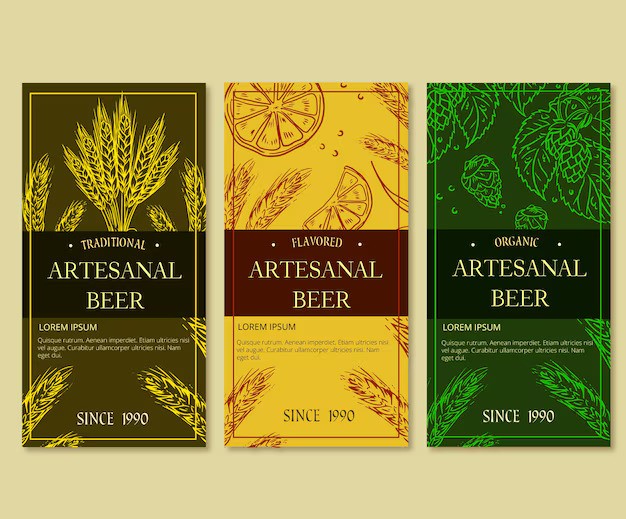
Consumers have become more conscious of the environment. They are now leaning towards recyclable, biodegradable, and reusable materials. That’s why brands are now focused on sustainable packaging. As it reduces waste and minimizes carbon footprint through ingenious packaging solutions.
Minimalist Design
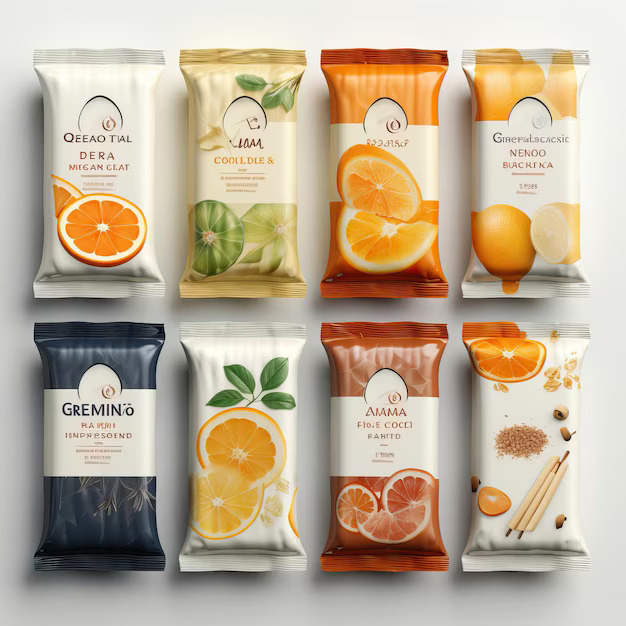
Unnecessary color usage is now the talk of the past as people opt for a new “less is more” approach. That’s why minimalist packaging designs are hyped. Clean lines, simple colors, and clear messages characterize them. This approach reflects a broader cultural shift towards simplicity and transparency. It is also appealing to consumers who prefer straightforward, no-frills products.
Smart Packaging
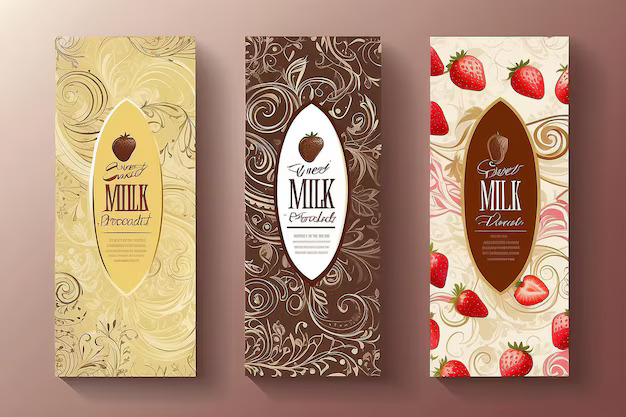
Technology plays its part in packaging design. Through QR codes, NFC tags, and augmented reality. This helps the consumer access additional information about the product. This boosts credibility and is another technique used to engage the customer.
Conclusion
Packaging design plays a crucial role in shaping consumer perceptions and helping reinforce brand identity. By focusing on aesthetics and functionality, brands can create outstanding packaging that communicates value and leaves a lasting impression on consumers.
Staying ahead with innovative and thoughtful packaging design is fundamental. To maintain a competitive edge in the market.
Vince understands your branding needs. It provides a solution that enhances the business’s brand identity and ensures the preservation of a competitive edge in the market. So don’t wait—contact us now!
Explore More:

Vince Logo Design is a distinguished digital marketing agency, specializing in crafting compelling brand identities and optimizing online presence. We are your partners in creating impactful digital strategies that drive results.
Get in touch.Articles
- Top 10 SEO Benefits of Responsive Web Design in 2025
- 8 Best CMS for Small Business in 2025: Pick the Popular
- 5 Best Hosting for Small Business Websites
- Affordable WordPress Website Design: Best Service Provider
- Custom Design Vs Template Website: Which One Is Best?
- Fix My WordPress Site: WSOD, Redirect & Site Maintenance
Get Free Consultancy
Fill the following form and receive a guaranteed response within 48 hours.
We have worked with world's leading brands











